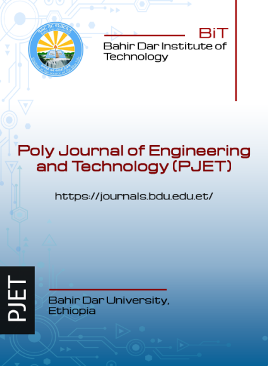Current Developments and Prospects as Composite Materials for Wind Turbine Blades
Abstract
With the global shift towards renewable energy sources, the wind energy industry has seen remarkable advancements in recent years. One of the key development areas has been the materials used for wind turbine blades. The integration of advanced composite materials has played a pivotal role in enhancing these blades' performance, efficiency, and durability. This review aims to explore the recent advances and future perspectives of composite materials for wind energy turbine blades. Recent advances in composite materials have significantly improved the performance and durability of wind energy turbine blades, enabling the development of larger and more efficient turbines. The use of advanced composite materials, such as carbon fiber reinforced polymers (CFRP) and glass fiber reinforced polymers (GFRP), has led to increased structural integrity, reduced weight, and improved fatigue resistance. Moreover, researchers are exploring new composite material combinations, such as hybrid CFRP-GFRP and basalt fiber reinforced polymers (BFRP), to further enhance properties like impact resistance and corrosion protection. Future perspectives include the development of smart composites with integrated sensors and self-healing capabilities, as well as the use of 3D printing technology to create complex composite structures with tailored properties. These advancements have the potential to enable the development of even larger and more efficient wind turbines, ultimately driving down the cost of wind energy and increasing its share in the global energy mix. In this study, the historical development of composite materials in the production of wind energy turbine blades is reviewed. Specifically, the work is focused on the composite materials used for manufacturing wind energy blades and the level of penetration of composites in the rotor and blades while mentioning some recent developments in composite selection, design, and structure and focusing on the characterization and testing of composite parts. Finally, a novel approach for improving the reliability, life, and sustainability of wind energy blades is highlighted, mentioning opportunities for future research in the area of wind energy composite materials.
Copyright (c) 2024 Poly Journal of Engineering and Technology (PJET)

This work is licensed under a Creative Commons Attribution-ShareAlike 4.0 International License.


